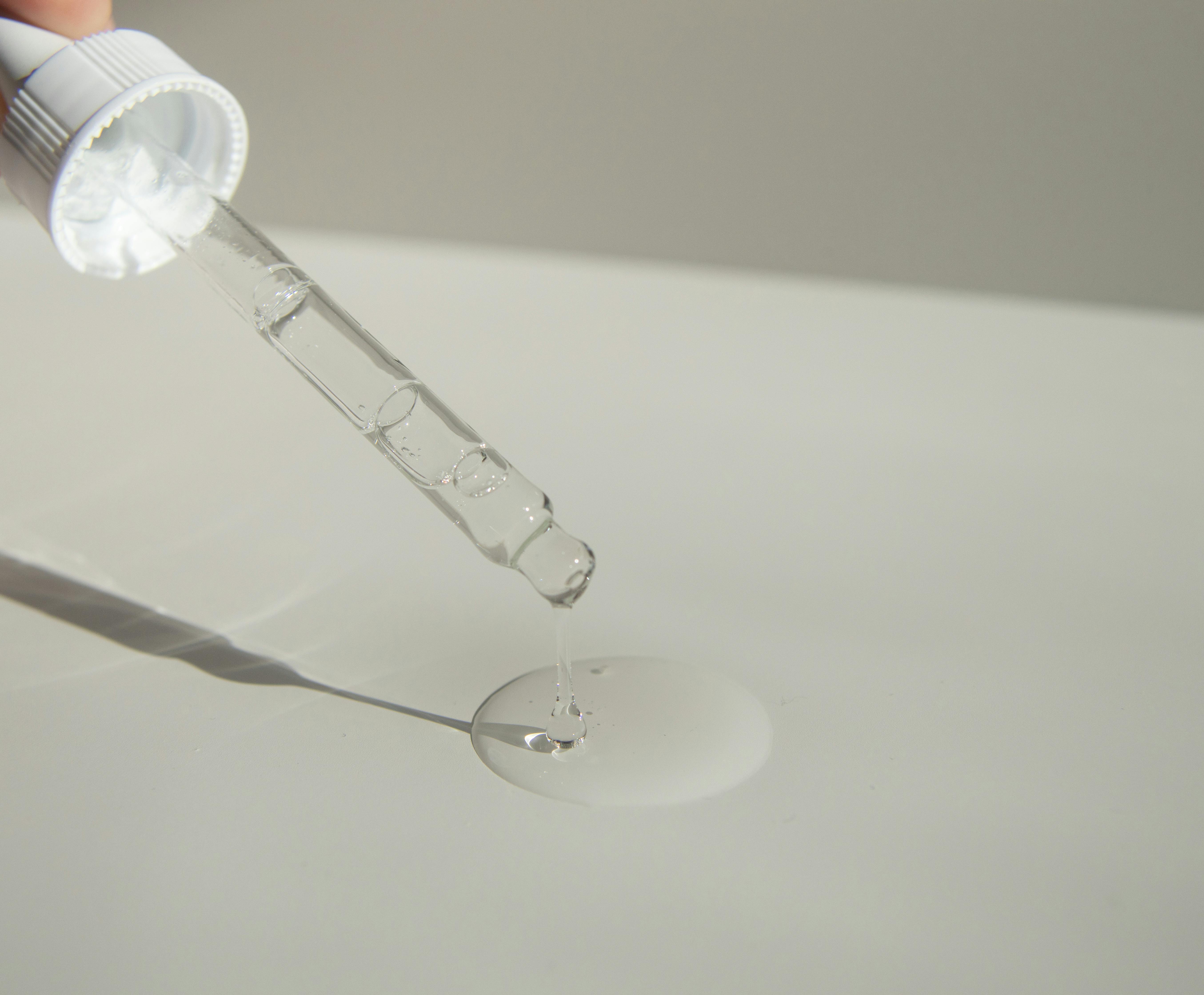Hits: 363 img

Silicone resin is a high-performance organosilicon polymer widely used in various fields due to its excellent heat resistance, electrical insulation, weather resistance, and chemical stability. This article provides a detailed introduction to the chemical structure, properties, preparation methods, and main application areas of silicone resin.
Chemical Structure of Silicone Resin
Silicone resin is an organosilicon polymer with a backbone primarily composed of silicon-oxygen bonds (Si-O-Si), with organic groups (e.g., methyl, phenyl) attached as side chains. This unique structure gives silicone resin its exceptional properties. The chemical structure of silicone resin can be categorized as follows:
Methyl Silicone Resin: With methyl side chains, it exhibits excellent heat resistance and electrical insulation.
Phenyl Silicone Resin: With phenyl side chains, it offers higher heat resistance and flexibility.
Modified Silicone Resin: By introducing other functional groups (e.g., epoxy, amino), additional functionalities are imparted to the resin.
Properties of Silicone Resin
Heat Resistance: Silicone resin maintains stable performance at high temperatures, typically used long-term at temperatures above 250°C and even tolerating short-term exposure above 500°C.
Electrical Insulation: Silicone resin has excellent electrical insulation properties, making it widely used in electronic encapsulation and insulation materials.
Weather Resistance: Silicone resin exhibits outstanding resistance to UV light, ozone, and extreme temperatures, making it suitable for long-term use in outdoor and harsh environments.
Chemical Stability: Silicone resin has excellent resistance to acids, alkalis, solvents, and oils, maintaining stable performance in corrosive environments.
Biocompatibility: Silicone resin is non-toxic, non-irritating, and biocompatible, making it suitable for medical and food-contact applications.
Preparation Methods of Silicone Resin
The preparation of silicone resin typically involves the following steps:
Hydrolysis and Condensation: Organosilicon monomers (e.g., methyl trichlorosilane, phenyl trichlorosilane) undergo hydrolysis with water to form silanol intermediates.
Polycondensation: Silanol intermediates undergo polycondensation to form silicon-oxygen bonds, producing silicone resin prepolymers.
Crosslinking and Curing: The silicone resin prepolymers are crosslinked and cured through heating or the addition of catalysts, forming a three-dimensional network structure.
Application Areas of Silicone Resin
Electronics Industry: In electronic encapsulation, circuit boards, and thermal materials, silicone resin is the preferred material due to its excellent electrical insulation and heat resistance.
Healthcare: Silicone resin is widely used in medical devices, implants, and drug delivery systems due to its biocompatibility and chemical stability.
Construction: In construction coatings, sealants, and waterproofing materials, silicone resin's weather resistance and waterproofing properties make it a high-performance building material.
Aerospace: In aerospace vehicles, silicone resin is used to manufacture thermal insulation materials, seals, and coatings due to its heat resistance and lightweight properties.
Automotive Industry: In automotive engines, exhaust systems, and battery encapsulation, silicone resin's high-temperature stability and chemical resistance make it a critical material.
Conclusion
Silicone resin is a versatile, high-performance material that demonstrates broad application prospects in electronics, healthcare, construction, aerospace, and automotive fields due to its unique chemical structure and exceptional properties. With advancements in materials science, the performance of silicone resin will further improve, and its application areas will become more diverse.
Disclaimer: The content contained herein is sourced from the internet, WeChat public accounts, and other public channels. We maintain a neutral stance on the views expressed in this article. This article is for reference and communication purposes only. The copyright of the reprinted稿件 belongs to the original author and institution. If there is any infringement, please contact us for removal.